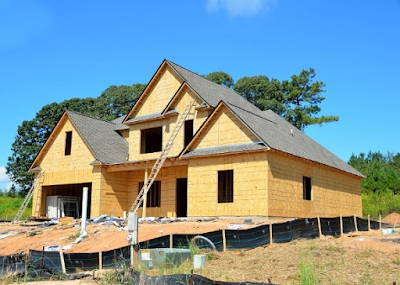What Is Radon Resistant Construction?
Radon resistant construction is a term you hear used a lot these days, especially in the state of Pennsylvania. With the rise of research pointing towards radon as the cause for many different health issues, including lung cancer, industry and government have shifted to figure out how to handle the radon situation. As a contractor or builder, you are most likely familiar with radon gas and the danger that this invisible gas can pose, but are you aware of the push to lower indoor radon levels in the country?
Resources are available that you can take advantage of as a builder or contractor to help you to learn everything you need about radon resistant construction. As well, programs are available in different states to help with education. You can easily get up-to-date with the current radon research and innovation to protect homes and businesses.
As you are building or renovating a home, with knowledge about radon and the different construction materials and methods used to combat it, you will be able to protect your client.
Why Use Radon Resistant Construction?
Safety
Radon is a gas emitted from uranium underground that seeps into homes and businesses. Definitive research links radon exposure over time to serious health risks. Radon remediation may still be needed in some cases, but using radon resistant construction materials and building techniques can lower the risks to new homeowners. So as a contractor, you can help prevent or reduce radon exposure.
Competitive Advantage
Employing radon-resistant materials and techniques can save the homeowner stress and additional costs in the long run. Though radon remediation is less expensive than many home improvement options, new homeowners will find an advantage and peace of mind in knowing that their home is less likely to need remediation later on. And if the vents are in place for a passive radon mitigation system, they can more easily have the system converted to an active system later.
Radon Resistant Construction For New Homes
Numerous methods exist that you can employ to help protect a new home build from radon. For example, using a four-inch layer of gravel before laying the slab for the foundation helps prevent radon from seeping in. Heavy duty plastic sheeting used on top of this gravel provides an additional barrier. As mentioned, installing vents during construction makes possible future radon remediation easier.
Contact Radon-Rid for Radon Remediation You Can Count On
When you are building or renovating, do your part to reduce radon for future homeowners by incorporating radon resistant construction methods. Your clients trust in you to do the job properly and build a safe home for them. When your new construction is complete, contact Radon-Rid for testing and more information about radon prevention and remediation.



Mga Komento
Mag-post ng isang Komento